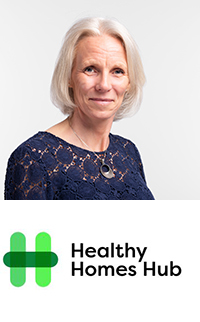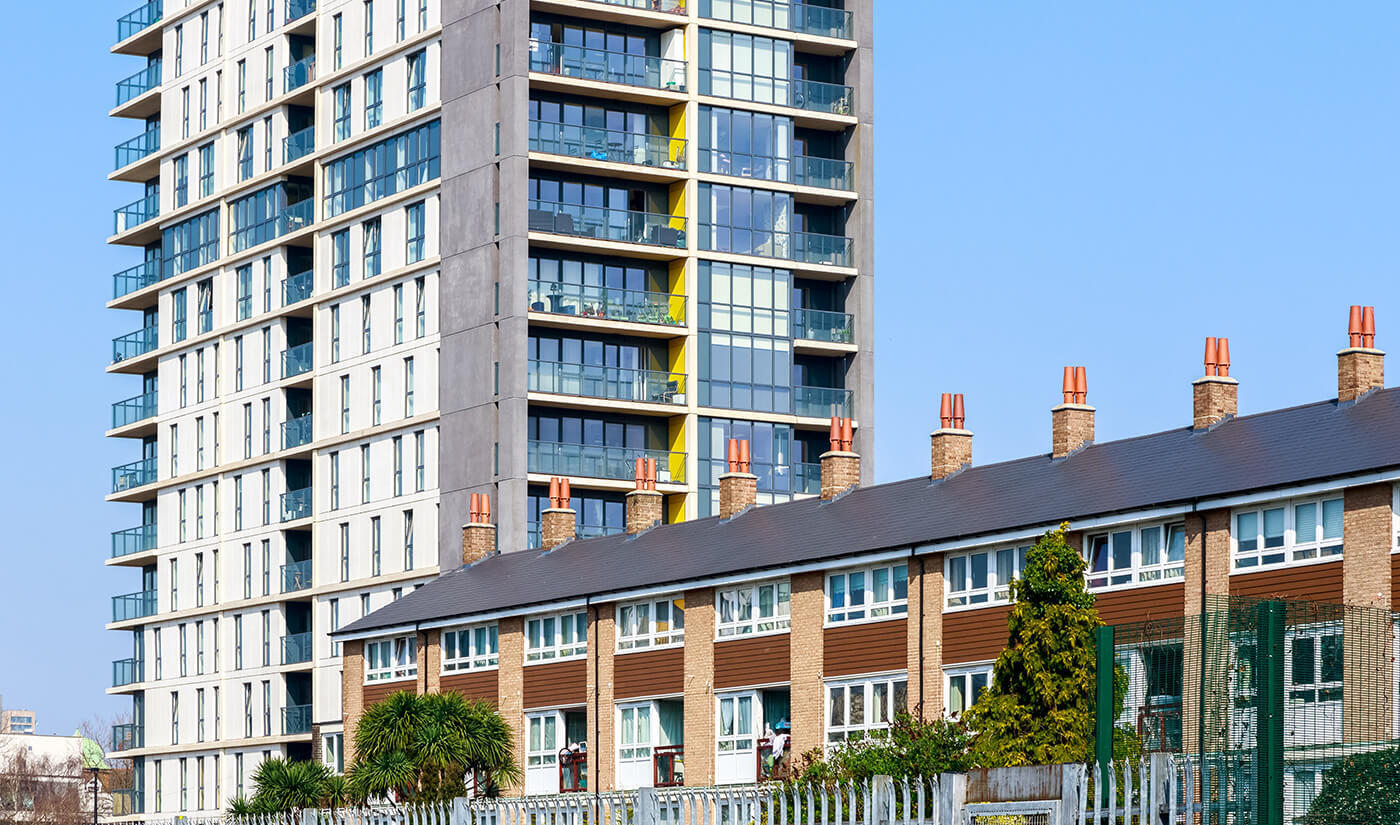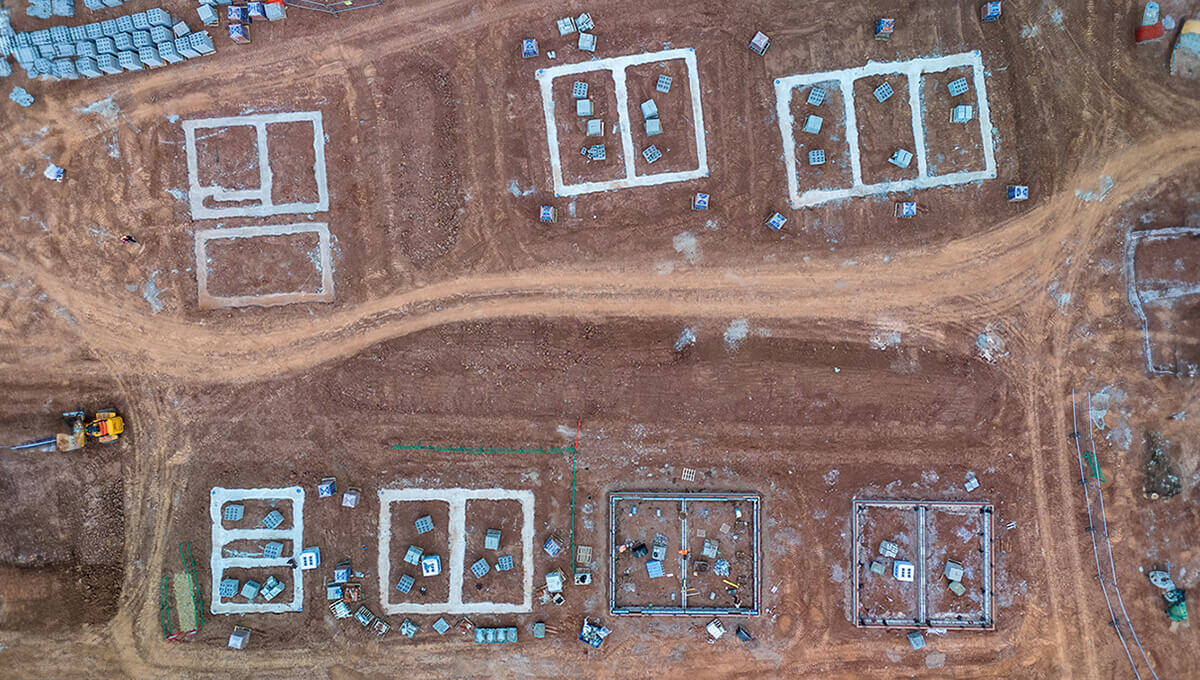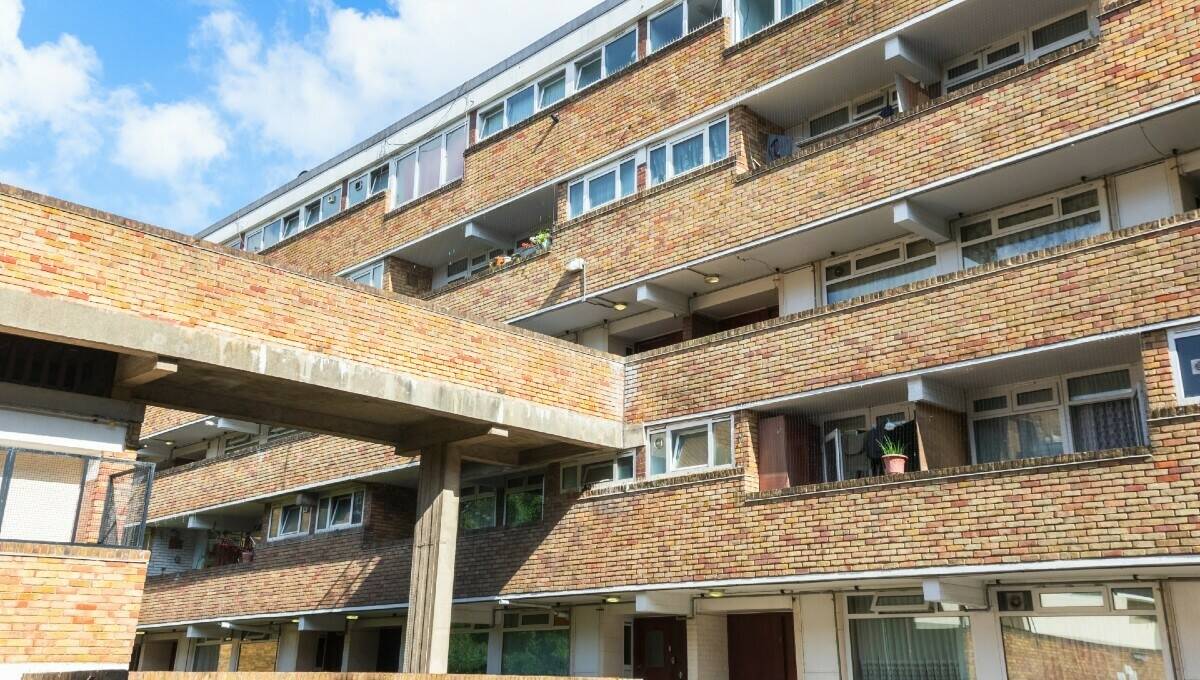In housing, good decisions rely on good information. Yet too often, valuable insight is locked away in disconnected systems or duplicated across teams. The Unique Property Reference Number (UPRN) offers a simple way to fix that.

UPRNs are the unique numerical identifiers assigned to every addressable location in the UK, from houses and flats to care homes and even mobile home plots. In effect, each property gets its own digital fingerprint, staying with it from the first planning application right through to demolition.
Used properly, UPRNs help housing providers link data, improve compliance, and collaborate more effectively across the whole housing and health system.
Who Needs to Use UPRNs?
UPRNs are becoming essential for every organisation that works with property data. By providing a common reference point, they make it possible for everyone else e.g. landlords, health, utilities to talk about the same home with complete confidence.
• Social and private landlords - For housing providers, UPRNs simplify asset management and compliance tracking. By attaching each certificate, inspection, or repair record to the correct property, you eliminate duplication and confusion, saving valuable time and reducing risk.
• Local authorities - UPRNs underpin effective service delivery, from housing enforcement to building safety. They help colleagues identify and monitor properties accurately, ensuring issues like damp, overcrowding, or safety hazards are addressed quickly and precisely.
• Health and care services - UPRNs bridge the gap between housing and health. When professionals can link data about properties with residents’ health outcomes, it becomes far easier to identify vulnerable households, target support, and streamline referrals.
• Utility providers and emergency services - For these frontline teams, accuracy is everything. UPRNs ensure the right address is reached first time, supporting faster emergency responses and better coordination when maintaining essential services.
Good practice increasingly expects all housing providers and agencies to embed UPRNs in their systems. Reliable property referencing is no longer a nice-to-have. It’s a foundation for smarter, safer, and more connected housing services.

Why Are UPRNs So Important?
The benefits of using UPRNs extend far beyond data accuracy. When integrated properly, they transform how organisations plan, deliver, and monitor housing services.
• Map and monitor homes with greater accuracy
UPRNs give organisations a precise, consistent way to track activity across an entire portfolio, from repairs and retrofits to damp and mould interventions. That means better oversight and quicker action where it’s needed most.
• Meet regulatory requirements with confidence
Linking every compliance record, from gas safety checks to energy performance certificates, directly to a UPRN creates an audit trail that’s easy to verify and hard to dispute. It’s a major step forward for safety assurance and transparency.
• Enable better partnership working
When everyone uses the same property reference, collaboration becomes effortless. Housing teams, environmental health officers, and healthcare providers can share data with confidence (subject to GDPR!) supporting joined-up services that improve lives and protect residents.
• Drive digital transformation
Integrating UPRNs into asset and case management systems unlocks a world of possibilities: smarter analytics, automated reporting, and even predictive maintenance. In short, it’s a critical enabler for modern, data-driven housing.
The Bottom Line
The Unique Property Reference Number may be small, but its impact is huge. It’s the key to connecting data, breaking down silos, and making housing systems work better together.
For any organisation serious about improving the quality, safety, and efficiency of homes, now is the time to make UPRNs part of everyday practice.
At Healthy Homes Hub
At Healthy Homes Hub, we see UPRNs as a cornerstone of healthier, more connected housing. They give everyone - landlords, councils, health partners, and residents, the same reliable view of every home, helping to target action where it matters most.
We’re supporting housing organisations to use data better, bridge the gap between housing and health, and deliver homes that truly support well-being.
Because when data connects, everything else follows. Safer homes, Stronger partnerships, and Better outcomes for all.



